onefourthreexo
Rough_Rock
- Joined
- May 12, 2013
- Messages
- 7
04diamond<3|1368758417|3448747 said:Here are some "chuncky" also known as AVC's (august vintage cuts):
http://www.goodoldgold.com/diamond/10779/
http://www.goodoldgold.com/diamond/10780/
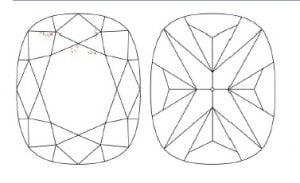
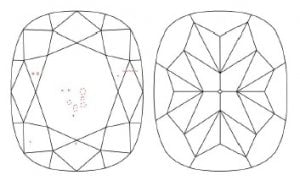
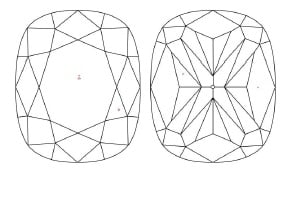
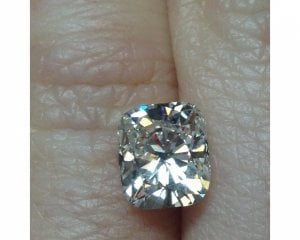
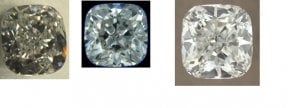
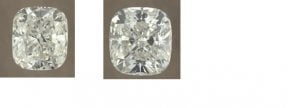
04diamond<3|1368755659|3448711 said:
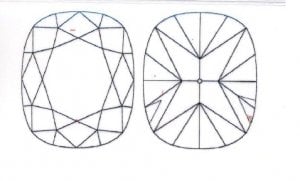
HoratioNelson|1368794427|3448907 said:Sure, will do!
04diamond<3|1368755659|3448711 said:
The top one of those has a relatively big depth ratio (77.2%!) No idea how that would impact optical performance, but generally avoided stones with depth ratios of more than 70%.
They are both very nice, however, and I can see that they have that large X plot, which I think is good for avoiding the crushed ice look!